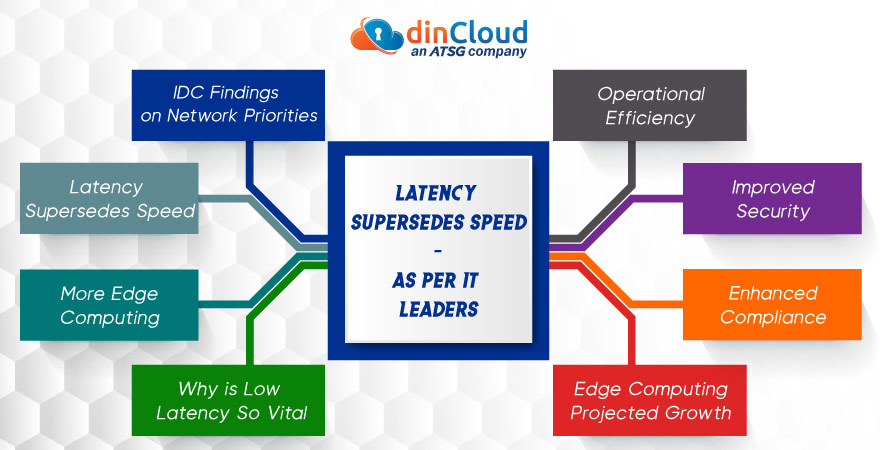With every passing day, we are moving towards a more distributed workplace. This has been further accelerated by the recently induced trend of remote work. As we slowly move past this pandemic, it appears that remote work is here to stay for the long haul.
During this major transition phase, IT leaders are re-assessing their infrastructural priorities. Whenever you choose a new IT infrastructure, or try to improve an existing one, not everything is perfect. You have to set your priorities right.
If you try to move towards a near perfect infrastructure platform, you suddenly realize that the cost effect has skyrocketed. Therefore, such decisions are all about finding the right mix of functionality and costs.

IDC Findings on Network Priorities
Recently, a study was conducted by research firm International Data Corporation (IDC). The purpose of this research was to identify the top priorities IT leaders are currently setting in the new remote work driven environment.
Latency Supersedes Speed
This study has revealed interesting insights that may come as a surprise even for a few industry analysts. Most IT leaders aim for, or desire a latency that is close to or less than 5 milliseconds. So, how do you attain such a low latency benchmark?
More Edge Computing
The solution to attaining this benchmark is more reliance on edge computing. The IDC study finds that 75% of the surveyed entities have already starting adopting edge computing solutions to supplement their existing IT infrastructures.
What’s even more interesting is that nearly 40% of these entities plan to have edge computing in place within a period of just one year. This clearly shows enterprises are prioritizing latency over speed.
Why is Low Latency So Vital
On the top of your head, one would choose higher speed over latency any day of the week. In the new remote work environment though, latency is directly affecting the end user experience (UX) of employees working from home (WFH).
This issue becomes more pronounced in the case of customer facing operations. In these cases, an additional dimension of customer satisfaction is also added to the mix. Business leaders outline the following key reasons for adopting edge computing solutions.
Operational Efficiency
With a sound edge computing solution in place, enterprises are able to improve their operational efficiency. This becomes even more important in the case of a geographically distributed workforce.
Improved Security
The more localized your data due to edge networks, the more manageable is network security. A localized edge network results in much lesser vulnerabilities that bad actors can exploit, especially in the present high risk environment.
Enhanced Compliance
This is one of the most pronounced advantages of edge computing networks. Such solutions limit the to and fro movement of data, simplifying compliance issues. This is a great plus now, as compliance related regulations are getting very stringent.
Edge Computing Projected Growth
Near the end of year 2020, IDC predicted that by the year 2024, the size of the edge computing market will likely grow to US $250 BN.
Conclusion
The recent developments around edge computing will greatly augment the existing cloud computing infrastructure. This will not only improve the performance of cloud providers, but also greatly enhance the efficiency of existing IT infrastructures.
Contact dinCloud for leading Cloud Computing solutions for your existing as well as future enterprise needs.


